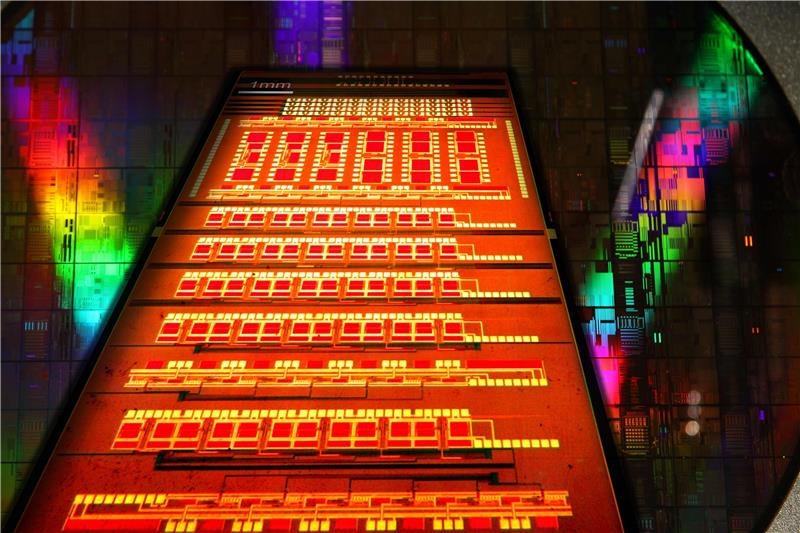Sep 20 2016
 Photonic Integrated Circuits
Photonic Integrated Circuits
Electronic integrated circuits used in smartphones and computers could soon be replaced by photonic integrated circuits that can make them both compact and faster.
Mexican engineer Aura Higuera Rodriguez intends to develop efficient technology that can create competition for data transmitters currently in the market. He is involved in the design, production and testing stages of optical interconnection between chips nanolasers, which enable faster communication and lower power consumption to transmitt information.
Unlike silicon-based electronic instruments, the devices engineered by Rodriguez do not generate high levels of heat and measure only 300 nm in length.
Those which we created are capable of supporting light sources and transmit data at high speed.
Aura Rodriguez, Doctoral Student, Technical University of Eindhoven
There can be hundreds of thousands of instruments such as receivers, transmitters and nanolasers in one single chip.
When they are adapted in optical interconnection within one chip, the purpose of these nanolasers - e.g. in the CPU of a smartphone or computer - is to enhance the communication speed between the chips.
"When we produce is like playing with a block of modeling clay, that is what we cut and molded to create and shape the laser. We ended up forming similar blocks to the lego, who put them together forms a data transmission system that uses light to carry information at high speed”, said the telecommunications engineer from UNAM.
It is to be noted that these lasers are not available commercially for various reasons. The lasers are in their premature state, and are yet to reach high performance efficiency, also manufacturing the lasers and physical handling of the material properties are difficult.
Given the materials’ toxic nature, processing the laser is also a delicate task. Despite these drawbacks, telecommunication companies have announced their willingness to adopt photonics and invest in the technology’s development, as electronics will not be a viable option for the future data transmission speed requirements.
The research is still in its developmental stages. "At the moment have made a chip with nanolasers, we must now characterize and check if it works technologically and then integrate it with other functions”, explained Rodriguez.
You can create designs chips using specialized software, sent to Europe to manufacture and characterize a given that the necessary equipment is not expensive as used for manufacturing laboratory. It really is possible, photonics has niche opportunity and development in Mexico, you only need to start generating cooperation and seek opportunities for projects at universities and research institutes and development to consider working with technology.
Aura Rodriguez, Doctoral Student, Technical University of Eindhoven